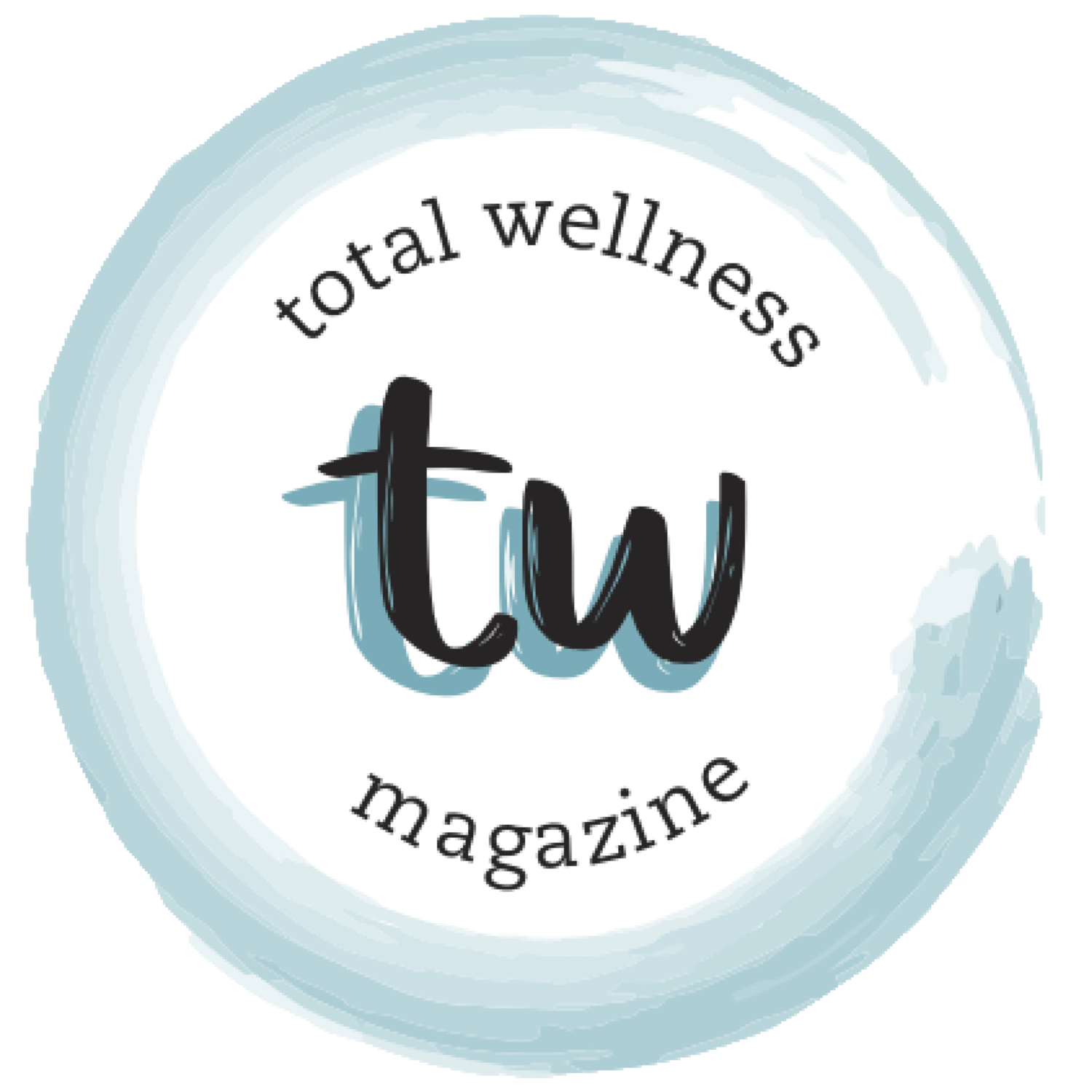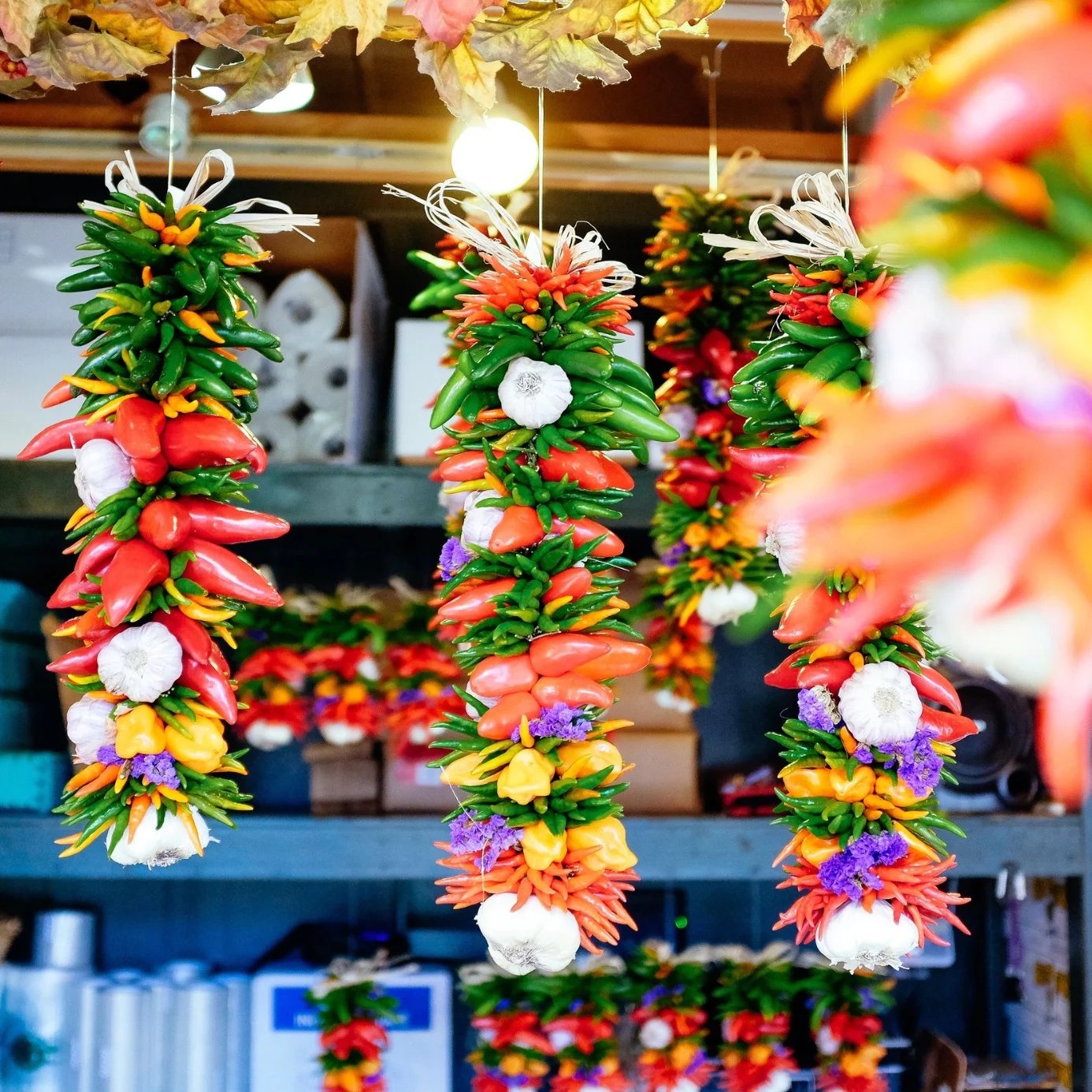How to Make a Classic Challah Bread
Challah baking is both a relaxing and creative activity that marks the end of a busy week in Jewish culture. Finding time to bake, tapping into your creative side, and embracing the fall vibes is becoming increasingly important as life gets busier.
Growing up, challah baking in preparation for my family’s Shabbat dinner table was an occasional treat. Shabbat dinner is a tradition for welcoming the weekly day of rest in the Jewish culture. At least once a month, every member of my family would come home and braid the dough that we had prepared earlier that day. We popped the braided dough into the oven with just enough time for our fresh, brioche-like bread to make it onto the dinner table.
We always included our favorite toppings: chocolate chips, walnuts, or cinnamon and sugar. This considerably long but enjoyable process was a sweet opening to the Shabbat holiday, and the anticipation of the process was a feeling that bonded my family closer together with each bake.
Challah baking is not only an important memory from my childhood, but this activity is a cultural and historical tradition that has been around for a few hundred years. The once simple piece of bread that served as a reminder of the destruction of the Temple in Jerusalem evolved to become the sweet loaf of bread that so many families, like mine, devour today. During the 1400s, braided breads became popular in Germany because braiding the dough kept it fresh for longer. The braided bread became included in the blessing period of the Shabbat dinner because the German word for bread, bercht, sounded phonetically similar to the Hebrew word for blessing, bracha.
After a long week of work, try to find an hour of your Friday to slow down and tap into your creativity by baking Challah. This activity can release the stress that has built up over the week and also welcome the weekend. These restorative actions put the very essence of the Jewish weekly Shabbat holiday into practice. For those with busy lives, getting home on a Friday afternoon to prepare and braid the Challah bread may seem unattainable, but preparing ahead of time can help; buying the ingredients and/or preparing the dough a day or two in advance leaves only about only half an hour of preparation to be completed before baking! Allow the creative portion of the challah-making process—the braiding and topping additions—to become a regular Friday-afternoon activity. This half hour will surely be worth your time.
Now, let’s talk toppings: sweet, savory, seasonal, or plain. Having a (COVID-19-safe) holiday party anytime soon? Take both the creativity of the baking process and the taste of your challah creation to the next level by embracing fall & winter seasonal themes in your topping choices.
ingredients
3 ½ tsp active dry yeast
1 tbsp + 1.2 cup sugar
½ cup vegetable oil & more for greasing bowl
5 eggs
1 tbsp salt
8-8 ½ cups all-purpose flour
Toppings of choice! (mix in and sprinkle on top)
Possible Festive Topping Ideas: pumpkin (pumpkin spice & puree), cinnamon & sugar, dark peppermint-chocolate chips, pecan pie (pecans & honey)
instructions (makes 4 loaves)
In a large bowl, dissolve yeast and 1 tbsp sugar in 1 3/4 cups lukewarm water. Whisk oil into the yeast mixture.
Beat in 4 eggs with the remaining sugar and salt, and add that into the mixture
Gradually add flour, until the dough seems to hold together.
Turn the dough onto a floured surface and knead until it's smooth.
Grease a large bowl and place the dough in the bowl. Cover it with plastic wrap, and let it rise in a warm place for 1 hour (the dough should nearly doubled in size). Then, punch down the dough. Cover it again, and let it rise again in a warm place for another half hour.
Preheat the oven to 375 degrees.
For the braiding: Take 1/4 the dough, mix in your toppings toppings of choice, and separate the dough into 3 balls. Roll each ball into a strand about 12 inches long. Line up the three strands and pinch the tops of the strands together. Braid until the end! For a straight loaf, tuck the ends underneath. For a circular loaf, twist into a circle, pinching ends together. Repeat for the next 3 loaves!
Place braided loaves on a greased cookie sheet with 2 inches in between each loaf.
Beat the remaining egg and brush it on top of the loaves. Either freeze bread for anywhere up to ⅔ months or let it rise another hour.
If baking immediately after the hour-long rise, brush loaves with the egg again before baking.
If baking from frozen, remove from the freezer 5 hours before baking to defrost, and brush with egg wash before sticking it in the oven.
Bake in the middle oven rack for 35-40 min, or until golden. Cool loaves on a rack before tasting.
Pro-tip: You can use the leftovers to make french toast the next morning!
Regardless of whether you are Jewish, making challah bread for yourself and your loved ones is a must-do activity. There is no better way to bond with your friends and family than by baking and enjoying a loaf (or a few loaves) of this sweet, brioche-like bread. I warmly invite you to have a taste of this family tradition of mine—it may become a new tradition of yours!
References
“My Favorite Challah.” The New York Times. (2001).
“The Evolution of Challah.” kosher.com. (2007).
“Homemade Challah Bread {Step-by-Step}.” spendwithpennies.com. (2020).









